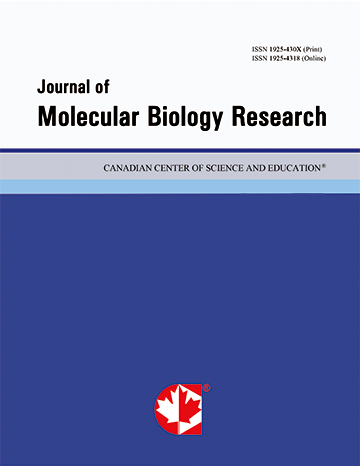Application of PCR in the Detection of Aflatoxinogenic and Non-aflatoxinogenic Strains of Aspergillus Flavus Group of Cattle Feed Isolated in Iran
- Sepideh Rahimi
- Noshin Sohrabi
- Mohammad Ali Ebrahimi
- Majid Tebyanian
- Morteza Taghi zadeh
- Sahar Rahimi
Abstract
Aflatoxins are among the most important Mycotoxins that are mainly produced by various Aspergillus species, specially Aspergillus flavus and Aspergillus parasiticus. Aflatoxins are carcinogenetic and immunosuppressive, so that can lead to acute liver damage, cirrhosis of the liver and hepatocarcinoma induction. Consuming the feed contaminated by Aspergillus puts humans and animals under the danger of Aflatoxins that are considered as an important threats for human and animal health. The purpose of the present study was to make distinction between Aflatoxinogenetic and non-Aflatoxinogenetic strains and Aspergillus Flavus using PCR and TLC and the expression of five Aflatoxin biosynthesis genes including aflD (nor-1), aflP( omtA), aflO (omtB), aflQ(ordA), aflR in 40 strains was investigated using PCR. In this study, a number of 40 Aspergillus flavus strains from 67 species of cattle feed from 21 industrial warehouses of various areas of Tehran and Alborz were used. After isolation and culture in exclusive environment of yeast extract of sucrose agar, the isolated Aspergillus strains were investigated by microscopic and macroscopic methods. In order to make distinction between Aflatoxinogenetic and non-Aflatoxinogenetic strains, PCR method and TLC techniques were used. The results showed that only 7 strains (1, 3, 5, 14, 22, 34, and 38) were Aflatoxin-producers fungi and the rest 33 samples were non-Afatoxin-producers fungi. Since Aspergillus flavus is the main contaminator of cattle feed, there is a need to develop a simple, rapid and sensitive method to identify Aflatoxigenetic fungi, particularly between Aflatoxinogenetic and non-Aflatoxinogenetic strains of AF.
- Full Text:
 PDF
PDF
- DOI:10.5539/jmbr.v6n1p121
Index
Contact
- Grace BrownEditorial Assistant
- jmbr@ccsenet.org
